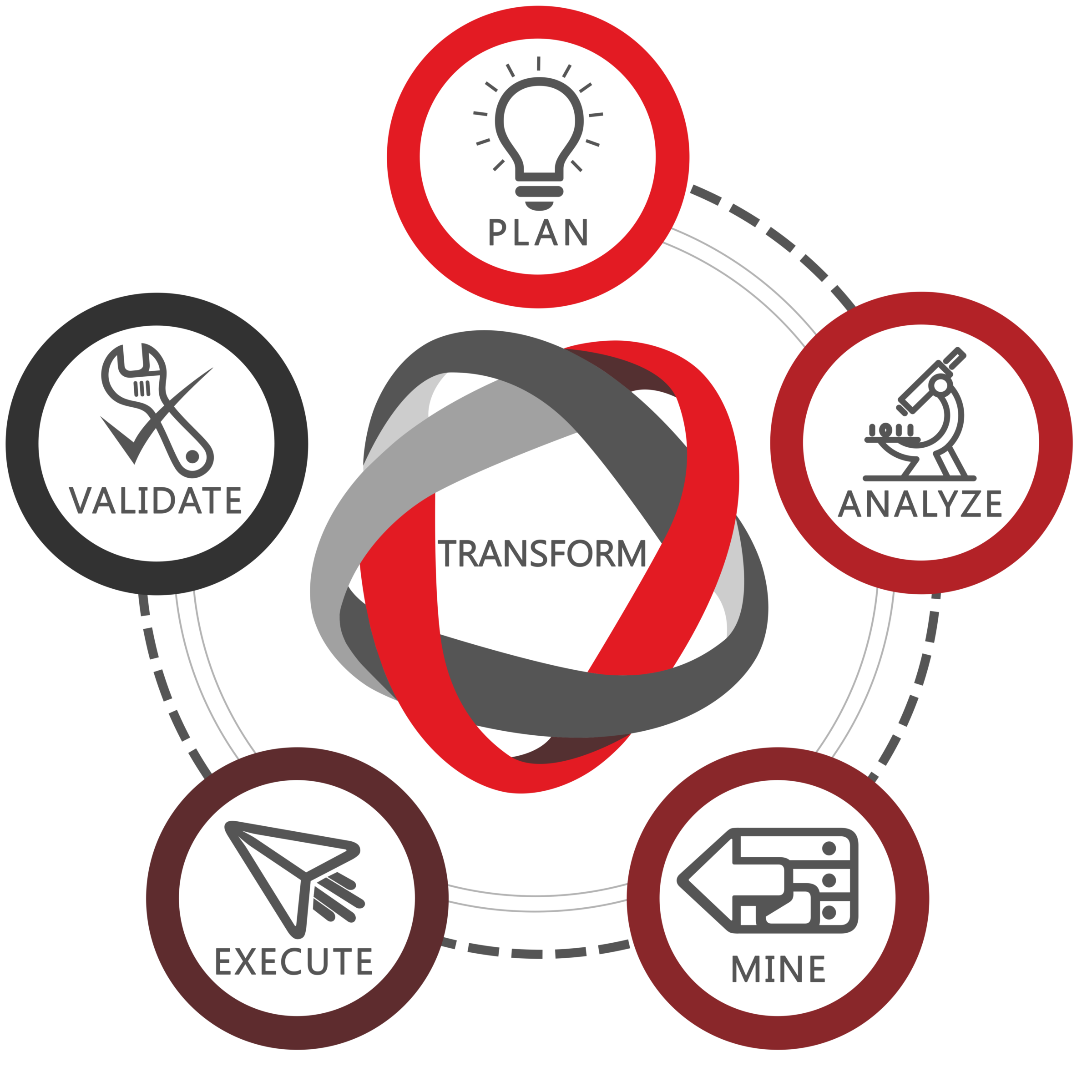eprentise®
Among the myriad payment options available at the online casino Philippines Paypal, PayPal is one of the most popular choices. PayPal offers a host of benefits and advantages, namely, hassle free transactions, increased discretion, and rapid withdrawals.
Using the service, bettors can also make payments in their own currency. In fact, many PayPal casinos stream directly from the world’s finest gaming resorts. In addition, the company is willing to offer a no deposit bonus to newbies.
Aside from a hefty welcome bonus, the site also offers a slew of other goodies for regular players. Among these is a 100% cash match up to a whopping $1,000, not to mention a wide variety of other games, from slots and blackjack to baccarat and roulette.
To claim your piece of the action, you’ll need to do a bit of homework. First, make sure your local casino is PayPal centric. It’s not enough to sign up for an account, you’ll need to prove your residency too.
If you’re looking to make a big score on your next casino session, you’ll want to make sure you’re playing at a site that has the requisite security and privacy features. You’ll also want to make sure you’re playing at a site with a legitimate bonus scheme, and a reputable support team.
It’s also worthwhile to check out a site that offers a PayPal casino no deposit option. This type of account is particularly useful for Philippine players.







